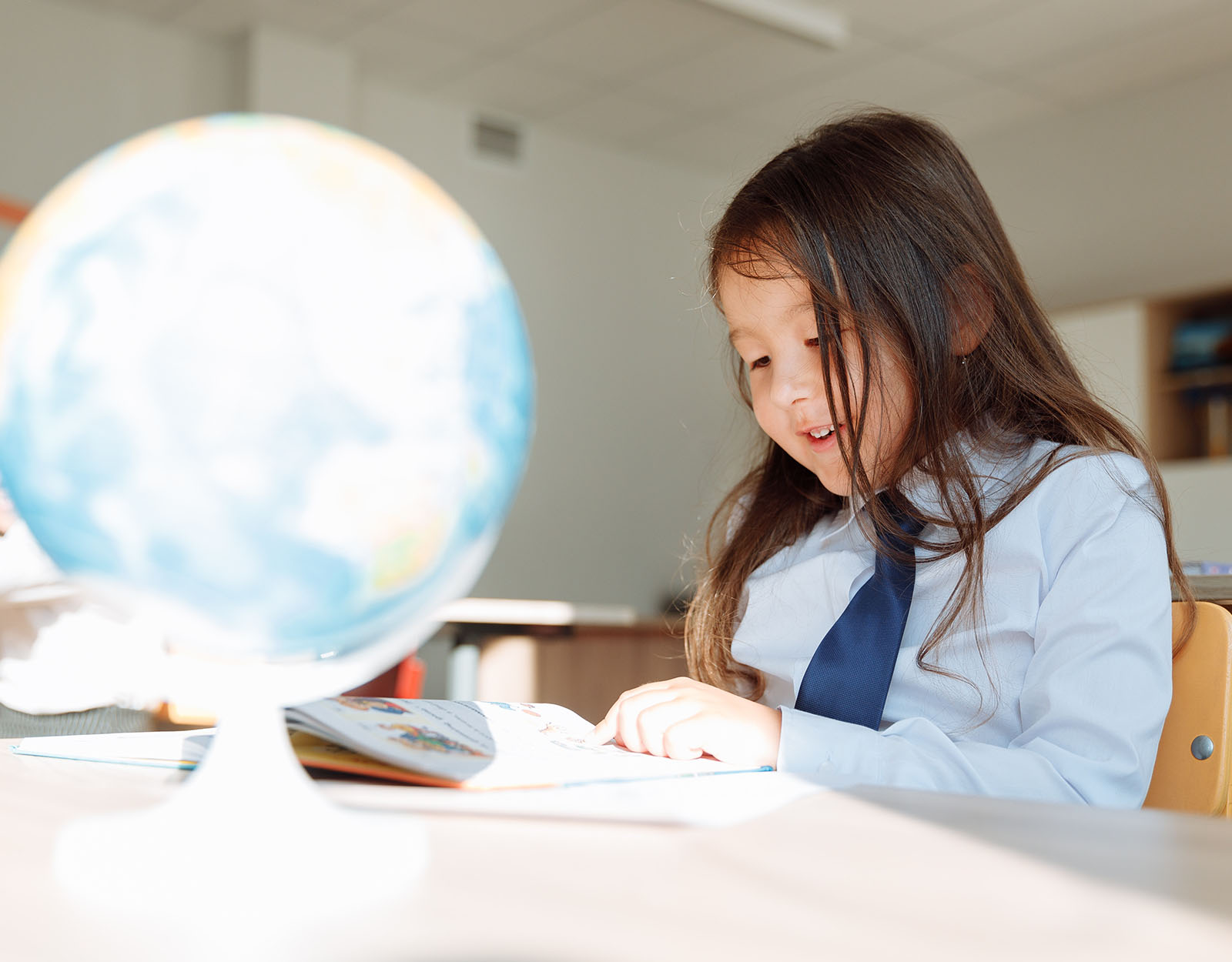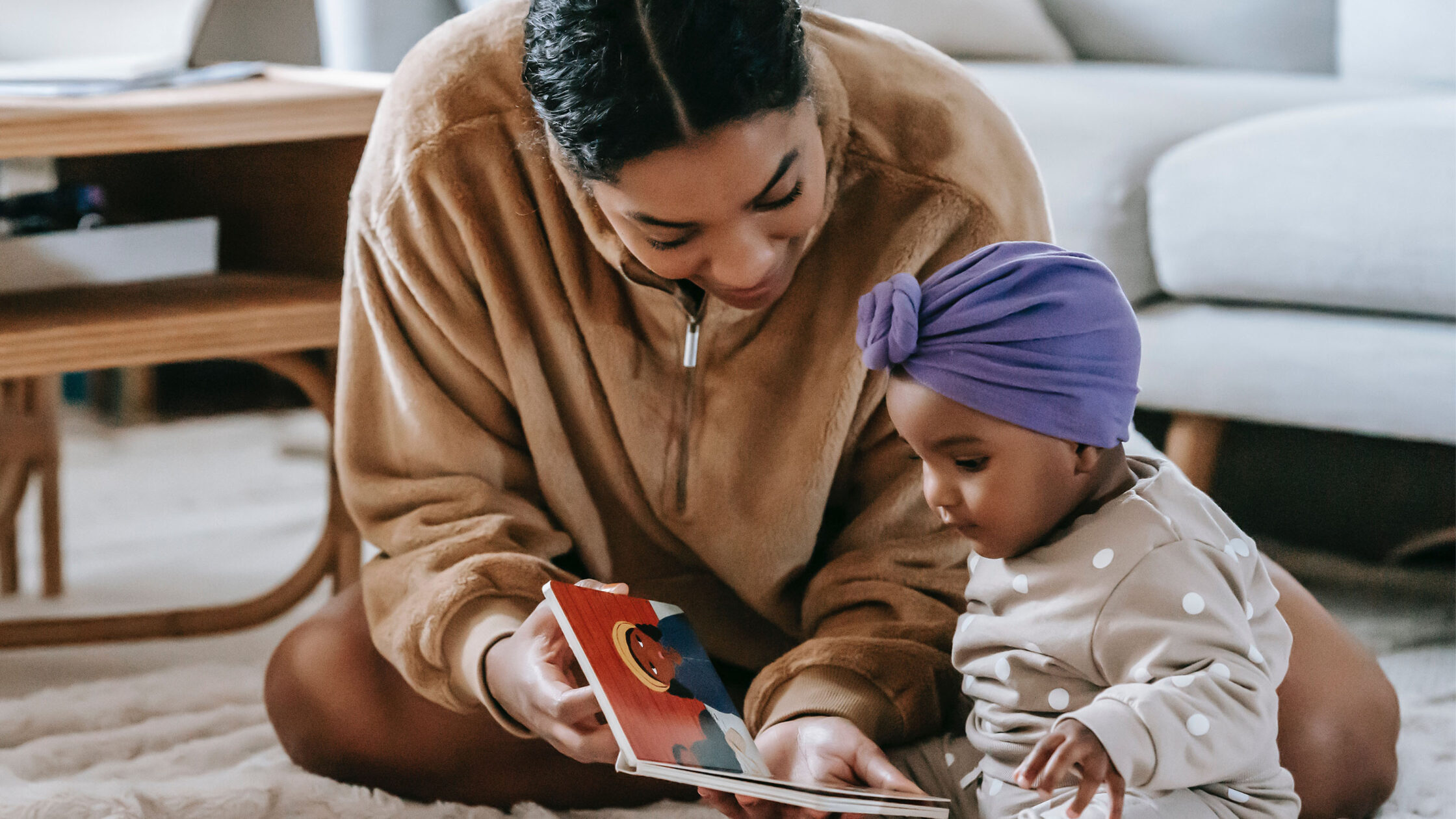How Babies Now Can Grow Up Bilingual
When we live in a country that has over 180 languages, it makes everyone wonder how almost all Filipino babies grow up to be bilingual individuals.
Most of us will remember growing up in a bilingual household, speaking both our national language (Tagalog) and English. And once we send our kids to school, they end up learning a new language that the curriculum requires. But we also soon notice that while our kids can speak, read, and write in the language that they learned, some don’t even know what they’re saying or talking about!
On the other hand, there are kids who are eloquent and fluent in multiple languages. But how do their parents do it without confusing, prioritizing, or neglecting one over the other?

Every Language Descends From a Parent Language
Like humans, languages also have a family system. We see this when some of us may have found an easier time learning a particular language, showing that we can be bilingual. But that’s usually because we already know a language that’s related to it! For example, Spanish and the Indonesian official language, Bahasa, become easier to learn for those who know Tagalog. Because of the Spaniard’s 333-year-rule in the Philippines, Filipinos eventually took some Spanish words and expressions such as zapatos (sapatos), jarana (harana), como esta (kamusta) and integrated them into their vocabulary (Gollan and Acenas, 2004). On the other hand, Bahasa and Tagalog are kind of like siblings because they descend from the same Austronesian (or Southeast Asian) parent (Javier, 2021; Pandapatan, 2022)! This makes it easier for parents to teach a language because there’s something associated with it already.
We do know what some of those parent languages are called. Spanish has siblings in French and Italian from the romantic language family, descending from Latin. While these languages are the usual flirt languages of choice, their identity as romantic languages comes from being a common tongue in Rome or at least, in Roman history
Unlike the romantic language that has a single parent, Austronesian languages are as vast as a typical Southeast Asian family with extended family members like cousins, uncles, aunts, and various other clan members from different origins. This is also why it was only in 1937 that Tagalog became our national language since it had fewer niche languages, competing with Ilocano and Bisaya.
Parent languages adhere to the universal grammar rules
What makes it even more possible is that all languages follow what linguists call “Universal Grammar.” Popularized by Noam Chomsky, it proposes that every language — no matter how many ways there are to write, read, or speak it — still follows certain rules like how verbs need to change form to serve as a time marker or how subjects are usually at the start of the sentence, etc. It’s these rules that make it possible for even babies to learn multiple languages (Werker, Byers-Heinlein, and Fennel, 2009).
And we can see that in babies! Their babbling is their attempt to mimic pronunciations and discover meanings in words. Although their mouth’s motor skills will take time to develop in producing a crisp and clear word, they will eventually produce the word especially when used around them long enough (Volterra and Taeschner, 1978).
However, some and more recent studies have begun to point out the flaw in Noam Chomsky’s theory. A baby’s ability to become bilingual is not something innate. Rather, they point out the experience that each word triggers. “Put X in the box.”, “Call dad for dinner,” and many others — including swear words — follow this same developmental pattern, leading to uses that can put us, parents, in awkward yet funny situations.

But how does all this make babies bilingual?
A baby growing up in a bilingual home will experience these development patterns twice, essentially somewhat akin to multitasking. While languages do share patterns, their exclusive nuances (i.e. words, expressions, accents, etc.) are what make the brain distinguish them into two different performance tasks. The unfortunate crux of multitasking however is sometimes, there will be hiccups or confusion since several neurons are firing all at once in the brain. It’s also why we tend to forget some words in English but recall them in Tagalog or vice-versa. This is also how Taglish was born; because some words don’t translate well or the vocabulary proficiency sometimes doesn’t match up, so we end up mixing them instead!
But this doesn’t mean that kids are not smart. Many linguists and even developmental psychologists have warned not to test bilingual kids the same way we test monolingual kids because of the multiple cultures and contexts presented by the various languages (Pearson, 1998) which may reframe how words are used. From the way the word looks to even how the sentences are formed, babies who grow up bilingual also show higher flexibility in learning because they’ve become accustomed to processing the various mechanics in the languages (Volterra and Taeschner, 1978; Petito and Dunbar, 2009; Werker, Byers-Heinlein, and Fennel, 2009).
Babies, as they grow older, lose their bilingual ability due to lack of practice
Because history demanded that the Philippines have an official and national language, it left the many other native languages behind. Bisaya has a whole clan of its own like Hiligaynon, Bicolano, Boholano, Cebuano, and many others which also have various dialects but have slowly been dying out because of the need to stick to one language for communication. This has created a language barrier between generations which is especially evident among tsinoys whose great-grandparents or grandparents are mostly Chinese-speaking — in Mandarin or Hokkien — and even some linguists have pointed out that the Hokkien in the Philippines differs vastly from the one spoken in China.
The language barrier can then make our great-grandparents or grandparents feel frustrated, isolated, and alone because of the lack of communication. But we too are also experiencing it as kids of today have a new kind of language called internet slang and it’s an urban dictionary that’s growing every second of the day.
Media is where it really begins!
We can help our babies and kids retain their bilingual abilities by exposing them to foreign language media. Even K-dramas serve as a gateway for them to learn the Korean language Hangukmal (or what many popularly know as Hangul). Anime became the kids’ first step to learning Japanese and even many millennials today will admit that it’s not Filipino classes that taught them good Tagalog — it’s Filipino-dubbed anime and teleseryes that did!
But media always has many fantastic elements because it’s meant to entertain, not usually educate. However, media in pop culture can still at least trigger an interest both in us and our babies to be more adventurous and open-minded to respecting both our English-speaking identity and the language that symbolizes the identity that connects us to our many ancestors.
References
Dąbrowska, E. (2015). What exactly is Universal Grammar, and has anyone seen it?. Frontiers in psychology, 6, 852.
Gollan, T. H., & Acenas, L. A. R. (2004). What is a TOT? Cognate and translation effects on tip-of-the-tongue states in Spanish-English and Tagalog-English bilinguals. Journal of Experimental Psychology: Learning, Memory, and Cognition, 30(1), 246.
Holowka, S., Brosseau‐Lapré, F., & Petitto, L. A. (2002). Semantic and conceptual knowledge underlying bilingual babies’ first signs and words. Language learning, 52(2), 205-262.
JAVIER, J. R. (2021). Komparatibong Pagsusuri ng Applicative/Causative Marking ng Bahasa Indonesia at Morphological Focus Marking ng Tagalog. Daluyan: Journal ng Wikang Filipino, 27(1).
Pandapatan, A. M. (2022). A CORPUS-BASED COMPARATIVE STUDY ON BAHASA MELAYU, TAGALOG, ILONGGO (HILIGAYNON) AND MERANAW LEXICONS: TRACES OF LANGUAGE RELATIONS. Cetakan Pertama, 2022© A. Halim Ali, Editor-editor dan Penulis-Penulis, 2022, 112.
Pearson, B. Z. (1998). Assessing lexical development in bilingual babies and toddlers. International journal of bilingualism, 2(3), 347-372.
Petitto, L. A., & Dunbar, K. N. (2009). Educational neuroscience: new discoveries from bilingual brains, scientific brains, and the educated mind. Mind, brain and education: the official journal of the International Mind, Brain, and Education Society, 3(4), 185.
Volterra, V., & Taeschner, T. (1978). The acquisition and development of language by bilingual children. Journal of child language, 5(2), 311-326.
Werker, J. F., Byers-Heinlein, K., & Fennell, C. T. (2009). Bilingual beginnings to learning words. Philosophical Transactions of the Royal Society B: Biological Sciences, 364(1536), 3649-3663.
More research about babies?
Easy or Fussy: How DNA Affects Our Baby’s Personality
WATCH: Marj Suarez’s TikTok Video About Being Bilingual Made Us Giggle
5 Reasons Why Teaching Babies Sign Language Helps









